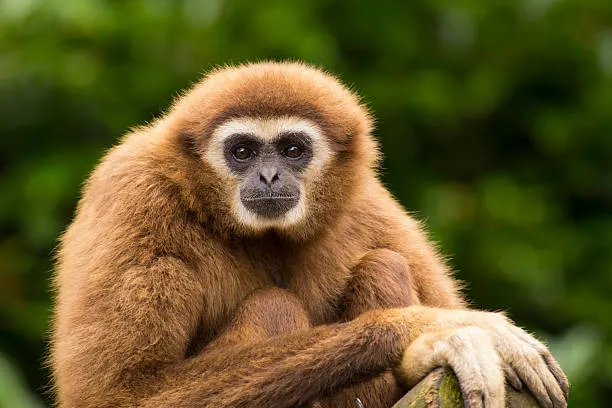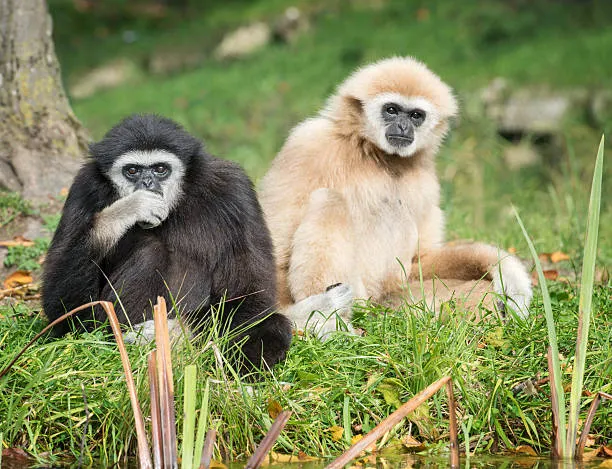Gibbon Guide: What They Eat and Other Fascinating Facts

Gibbons are some of the most agile and acrobatic primates in the world, swinging effortlessly through the treetops of Southeast Asia. These lesser apes are often overshadowed by their great ape cousins—like gorillas and chimpanzees—but gibbons are uniquely fascinating in their own right. From their diet to their distinctive songs and monogamous relationships, there’s much to uncover about these intelligent and nimble creatures.
What Do Gibbons Eat? – The Gibbon Diet Explained
Gibbons are primarily frugivores, meaning fruit makes up the majority of their diet—often more than 60%. However, they are technically omnivores, and their diet is quite varied.
1. Fruits
- Their favorite fruits include figs, bananas, and various tropical varieties rich in sugar and nutrients.
- Fruit provides energy for their active, swinging lifestyle.
2. Leaves
- When fruit is scarce, gibbons supplement their diet with young leaves and shoots, which are easier to digest than mature foliage.
3. Flowers and Nectar
- Gibbons also consume flowers and nectar, playing a role in pollination as they move from plant to plant.
4. Insects and Small Animals
- Occasionally, gibbons will eat insects, bird eggs, and even small vertebrates, especially when additional protein is needed.
- They are opportunistic and will adjust their diet based on the season and availability of food.
Other Fascinating Gibbon Facts
1. Gibbons Are Master Swingers
- Gibbons use a form of locomotion called brachiation, swinging hand over hand at speeds up to 35 mph (56 km/h) and covering gaps as wide as 50 feet (15 meters) between trees.
- Their long arms, hook-shaped hands, and strong shoulders are built for life in the canopy.
2. They Are Monogamous
- Gibbons are among the few primates that form monogamous pair bonds.
- Mated pairs live with their offspring in small, territorial family groups.
3. Gibbons Sing Duets
- Gibbons are known for their complex and haunting vocalizations, often performed in duets between mates.
- These songs strengthen bonds and defend territory from rival gibbon families.
4. There Are Many Species of Gibbons
- Gibbons belong to the family Hylobatidae and include several genera like Hylobates, Nomascus, and Symphalangus.
- The siamang, the largest gibbon species, is famous for its inflatable throat sac, which amplifies its call.
5. They Are Endangered
- Many gibbon species are critically endangered, mainly due to deforestation, habitat fragmentation, and the illegal pet trade.
- Conservation efforts are vital to protect their remaining forest homes.
6. Gibbons Are Intelligent
- Gibbons display problem-solving abilities, use tools in captivity, and show signs of self-awareness.
- Their intelligence rivals that of many great apes, even if it’s less studied.
7. They Don’t Build Nests
- Unlike great apes, gibbons do not build sleeping nests. They typically sleep sitting upright on branches, using their arms for balance and security.

Conclusion: Why Gibbons Deserve Our Attention
Gibbons are extraordinary creatures—loyal partners, forest acrobats, and vital contributors to their ecosystems. Their diet, centered around fruit but flexibly omnivorous, supports their high-energy lifestyle. Despite their brilliance and beauty, they face severe threats from habitat destruction and human interference.
By learning about and appreciating gibbons, we take a step toward preserving not only their lives but also the biodiversity of the tropical forests they call home.



